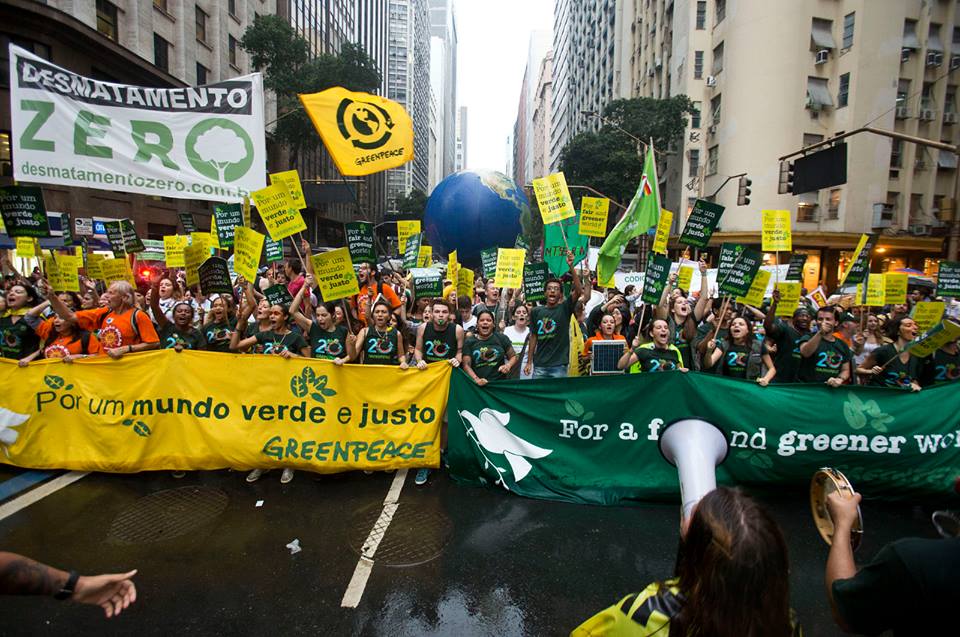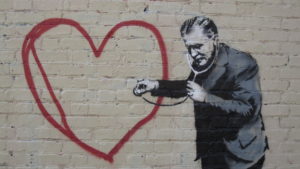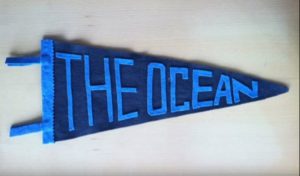In 2013, Greenpeace Brasil realised it was having trouble turning it’s fast-growing social media audience into the kind of active and vocal supporters needed to help influence public opinion on its issues. In mid-2013, they connected with MobLab’s Benjamin Simon and colleagues at Upwell, Rachel Weidinger and Matt Fitzgerald, to learn about using social media monitoring (or Big Listening).
Cost, staffing, training and workflow are key concerns with big listening programs. At Upwell, first-year costs for Radian6 and other social data analytics and monitoring tools totaled over $60,000 US according to Weidinger.
These concerns were top of mind when Greenpeace Brasil looked at implementing listening tactics and tools. Teams there were already stretched thin and had no budget for new tools. But clever (and cost-effective) adaptation of core listening strategies has allowed campaigns to reach broader audiences and gain new levels of public influence. Greenpeace Brasil’s Juliana Costta filled us in on their approach.
We want to be an opinion maker on the issues we cover
By late-2013, Greenpeace Brasil was anxious to improve its ability to track, influence and expand the public conversation of its key issues.
“We want to be the influencer of people, a public opinion maker on the issues we cover,” Costta told us. An analysis showed the team that as the nation’s media landscape changed – and social media’s presence grew – the organisation’s ability to influence public opinion also changed. Establishing influence is a key long-term goal and big listening is playing an important part.
Greenpeace Brasil had a mature social media program. In a 2012 story, we shared how communications and digital teams tracked and responded to social media followers to grow those audiences. Despite the growth (Facebook and Twitter followers have both tripled since 2012 to 1.5 million and 750,000 followers, respectively), Greenpeace Brasil’s messages weren’t spreading across or beyond these followers.
“A year ago, we posted about nuclear energy and received lots of responses from our followers about how nuclear is clean and good,” Costta told us. “The issue of bike lanes in Sao Paulo is another example. Many parts of the population don’t agree with us that bike lanes are good. We posted about this in early-January and there was a lot of worry about how bike lanes will take up parking and make traffic worse.”
Ben Simon from the Mobilisation Lab, along with partners from Upwell, consulted with Greenpeace Brasil in 2013 about using big listening techniques and tools. A systematic social media listening practice would help staff hear how broader segments of the population talk about environmental issues in their daily life.
Once gathered, all these snippets, messages and data points can be discussed and reviewed by staff to help create email, social media and other materials. This process – listening, analysing and testing messages – is an iterative one that evolves over time to better connect the organisation’s issues to the public conversation.
Simple, Fast and Cheap Tools (that You May Already Use)
What about the cost of all the tools needed and the extra stress on digital, campaign and mobilisation staff?
Greenpeace Brasil wondered about expense and the impact on staff. But Costta sums it up as being “really simple and not too much time.” The team is using technology they already had in place (Google Docs for data sharing and Hootsuite for social media posting and analytics) plus the free version of Topsy to track how the public is talking about their issues on social media. The tools are mostly free and can be implemented with little difficulty (even in a technically challenged environment). Costta tells us that they don’t feel the need to get more or different tools.
Costta and a communications officer look at Topsy, Facebook and Twitter daily to see what their audience and the public is talking about, how much they’re talking about it and the language used to discuss key issues.
This data flows into a shared Google spreadsheet with tabs for each issue (see below).
Campaigners refer to the spreadsheet to develop social media posts, email actions and other materials. Now, actions and messages about them aren’t driven by internal needs and language. Campaigners can easily see what social media is talking about and how they’re talking. This helps shape their approach and also tells them how well their messages are working.
Campaigners and others were hesitant to use this information early on. “At first, we set up daily meetings with campaign staff to talk through all this in person,” Costta says. “But campaigners would often be out and daily meetings bogged down.” A daily meeting seemed like a good idea but it hurt their workflow so they focused on sharing Google docs.
Another problem they face is a better one to have. Costta says that issue campaigners, who put most content together themselves, sometimes create so many posts that they run out of channels to deliver it.
“I don’t spend as much time creating content and have been able to take on new projects that help extend our reach such as a blogger outreach program.”
— Juliana Costta, Greenpeace Brasil
A small amount of time spent tracking content each day has allowed Costta time to take on tasks other than creating social media content or managing the details of what others post. “I don’t spend as much time creating content,” Costta says. “I have been able to take on new projects that help extend our reach such as a blogger outreach program.”
Impact on the Ground (and Social Media, Email and Fundraising)
“Our listening work helps us understand how people on the ground are talking about nuclear and other issues,” says Costta. “We are able to develop better and more engaging content. We’re building community with social media.”
Costta says that the response to topics such as nuclear and renewable energy is noticeably different than a year ago. Big listening has also contributed to how they talk about bike lanes in Sao Paulo. Early social media posts about bike lanes generated strong feelings from Facebook followers concerned about losing road lanes and more congestion.
“The bike lanes post generated the most engagement ever with a lot of opposition,” Costta told us. There were over 1,000 comments. Costta and her colleagues responded to each one. This attention and continual monitoring of the public’s online conversation has led them to develop posts that generate more support and sharing while reducing negative sentiment.
Costta also credits big listening efforts with improving email recruitment and fundraising. In January, a group of scientists released an independent study that connected Amazon deforestation to the water crisis in São Paulo other other states. A series of Facebook posts, emails and online advertising contributed to a lift in online signups and donations.
“Reciprocity is the currency of the Internet.”
— Rachel Dearborn of Upwell talks about community management
Greenpeace Brasil’s experience with Big Listening demonstrates that powerful social media data monitoring is not primarily about exotic technology and highly trained analytics analysts. Big Listening can (and needs to) fit your workflow and budget.
More importantly, great communications is as much about listening as it is messaging and sending out those messages. A good listening program shows people that you hear what they’re saying and are thinking about their perspective — it helps empower people while providing them with messages they’re more likely to share.
Dig Deeper
- Learn how 3 years of Big Listening (and testing) may change your campaigning:A MobLab interview with Upwell’s Rachel Weidinger
- Four magic steps to creating shareable, purpose-driven social media content
- Online media analysis for campaigners and ‘non-digital’ staff: 5 lessons for effective conversation analysis from Greenpeace’s Arctic 30 response
- Daily campaigning equals longer, deeper conversations: Upwell director Rachel Weidinger on how to strategically tap into, leverage social media
- Social Media Engagement FTW: Lessons from Greenpeace Brasil’s growth
- How network analysis tracks stories and builds stronger campaigns




